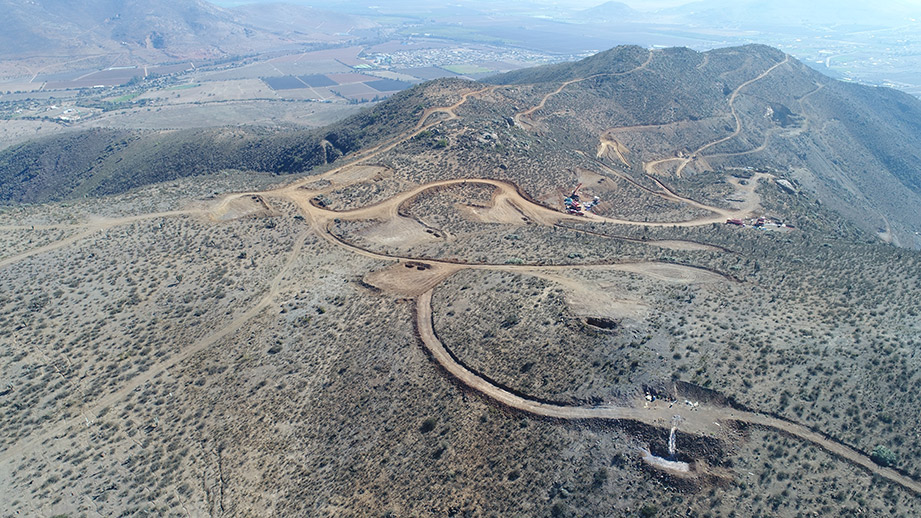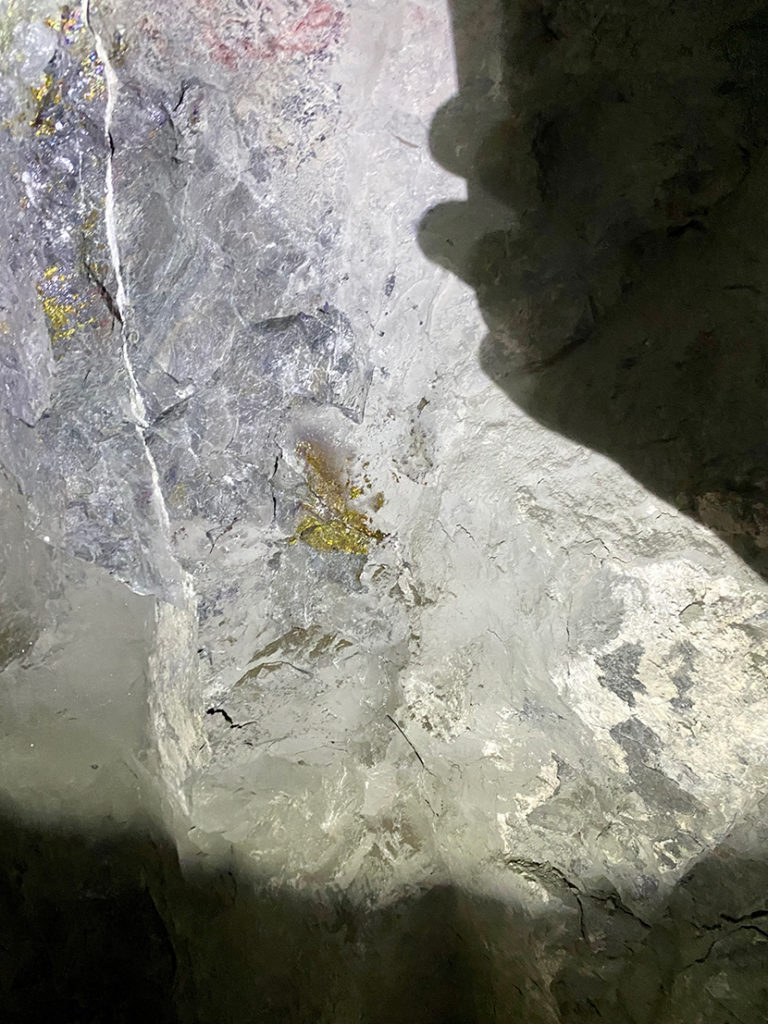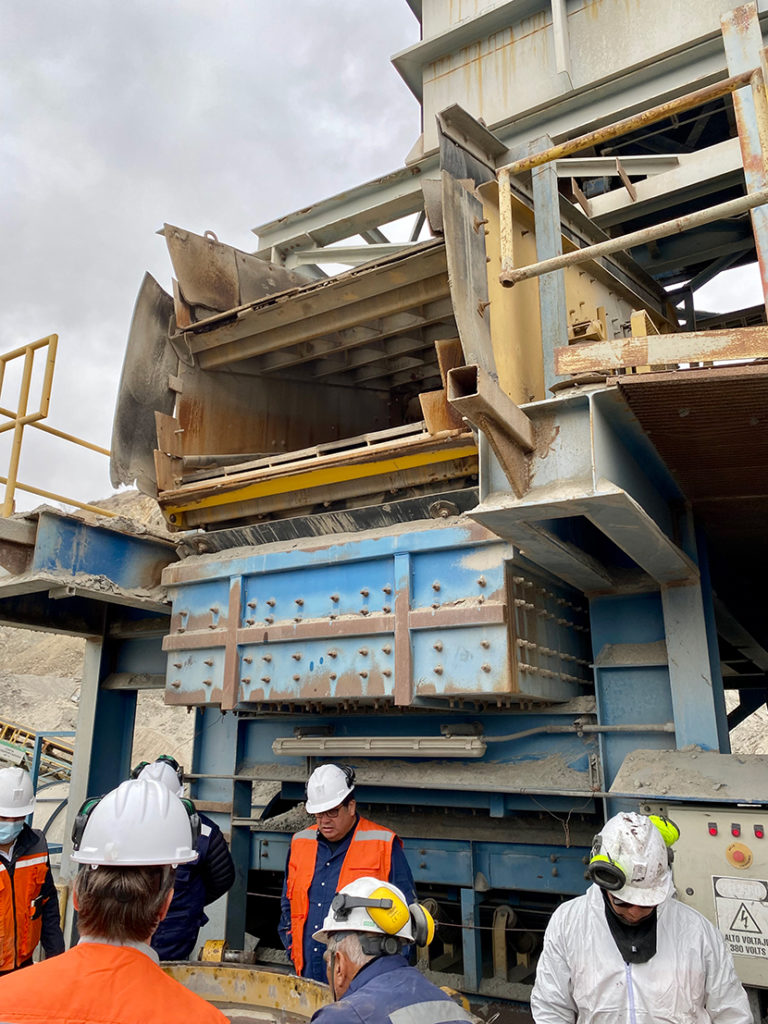JV Article: Battery Mineral Resources accelerates path to production at Punitaqui copper complex in Chile


When Battery Mineral Resources (TSXV: BMR; OTCQB: BTRMF) received recent public approval by the Chilean Environment Assessment Service for the environmental impact declaration for mining at Minera Altos de Punitaqui, it marked another significant milestone on the company’s path to copper production.
It was a victory following Chile’s constitutional assembly defeat of a proposal from the environmental committee seeking to tighten rules related to the country’s natural resources, which would have hit the mining sector if they became law.
Also, the largest landholder in the Ontario-Quebec cobalt belt, Battery Minerals Resources (BMR) acquired Minera Altos de Punitaqui (MAP), an integrated copper mining complex in the Coquimbo region, 50 km south of Teck Resources’ Andacollo copper mine, in May 2021.
Punitaqui was owned by Glencore from 2010-19, when it operated MAP for eight years and was consistently profitable. But when Glencore merged with Xstrata in 2019, it didn’t make sense to keep based on its size.
Since acquiring Punitaqui last year, BMR has seen successes in rapid succession, with consistently positive drill results throughout the year, culminating in a robust NI 43-101 resource update in June.
The resource update is separated into four underground zones: Dalmacia, San Andres, Cinabrio Norte and Cinabrio.
Total sulphide indicated resources are 6.2 million tonnes grading 1.14% copper and 2.47 g/t silver. Total sulphide inferred resources are 3.1 million tonnes grading 0.93% copper and 2.64 g/t silver. At the Cinabrio mine, the remnant pillars contain sulphide indicated resources of 1.0 million tonnes at 1.51% copper. The process plant is currently permitted for 100,000 t/m (~3,333 t/d) with allowances up to 3,600 tonnes per day.
“A year ago, we were just getting started on the drilling, and we ended up completing almost 33,000 meters,” says Jacob Willoughby, BMR’s VP, corporate development and strategy.
“It was substantially more than what we planned to do because of positive results,” Willoughby says. “We didn't need to raise any equity to get all that drilling done, because we have an operating subsidiary that generates $4M in EBITDA and we also monetized an asset it held for $4m.”
“The biggest catalyst I think for us has been our resource update, we are very pleased to have 6.2 million tonnes of indicated and 33.1 million tonnes of inferred.”

In July, BMR released metallurgical results, with good recoveries that were about 95% for Cinabrio, 81% for Cinabrio Norte, 84% for San Andres and 96% for Dalmacia One.
“We're still working on improving on these results, but they are an excellent starting point. And they are decidedly better than what our predecessors were able to recover,” Willoughby points out.
He adds that the company closed a $10 million convertible debenture which saved shareholders from dilution. There are currently no streams or royalties on Punitaqui.
This summer, BMR announced the appointment of Derek White, current CEO of Ascot Resources and former CEO of KGHM International as well as Julia Aspillaga to the board of directors. Aspillaga is a mining executive and partner of several mining exploration companies, having worked in Chile and in several other Latin American countries since the 1980’s.
The company also appointed Giglio Barlaro as mine manager. A Chilean with expertise in base metals, both open pit and underground. Barlaro was recently mine manager for Newmont in Argentina at Cerro Negro, one of the biggest underground gold mines in Latin America.
Battery Mineral Resources is committed to a strong focus of continuous improvement on community relations by proactively engaging with local communities and the residents of the town of Punitaqui. Earlier this year, BMR engaged Mediação Social e Sustentabilidade, a socio-environmental management, strategic relationship, and stakeholder engagement consultant group with over 17 years’ experience.
Integratio recently delivered a report to BMR with community assessment and stakeholder mapping that highlights the main issues to be focused on in community relations and social license programs and provides the framework for a holistic and proactive approach to social engagement.

Next, BMR will initiate a social management and engagement plan that considers the entire relationship and communication of the company within the area, including the establishment of a social investment program.
The Chilean Environment Assessment Service approval for mining also coincides with one of the biggest rains in the Ovalle area of Chile in about 20 years.
“That was excellent to recharge the aquifers and the groundwater systems there because they had been through a very long drought,” Willoughby notes.
“Based on where we are now, it's looking like real production will start up in Q1. We're moving things along successfully towards production, and not a lot of companies are in that same fortunate position to be looking at going into production of copper starting next year.”
The preceding Joint Venture Article is PROMOTED CONTENT sponsored by Battery Mineral Resources and produced in co-operation with MINING.com.
Comments